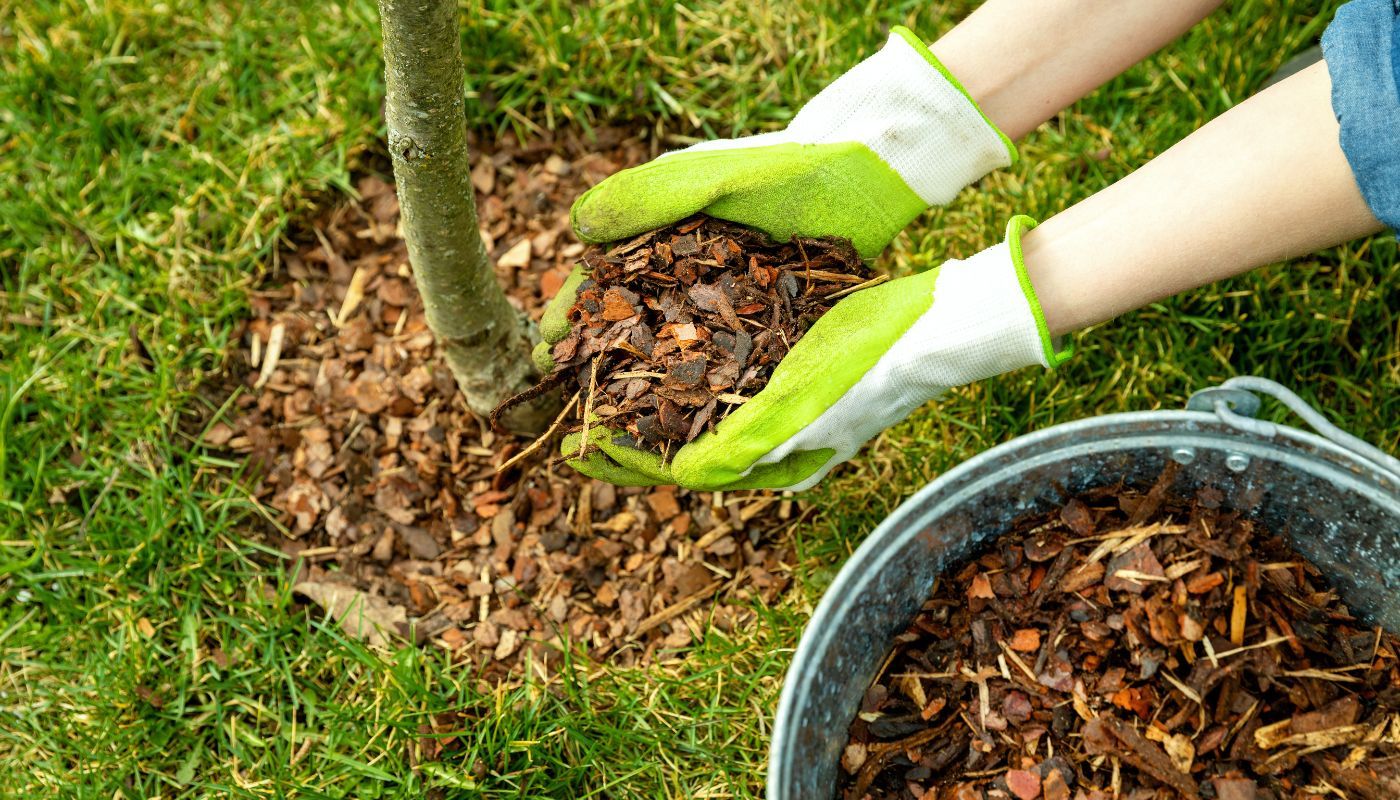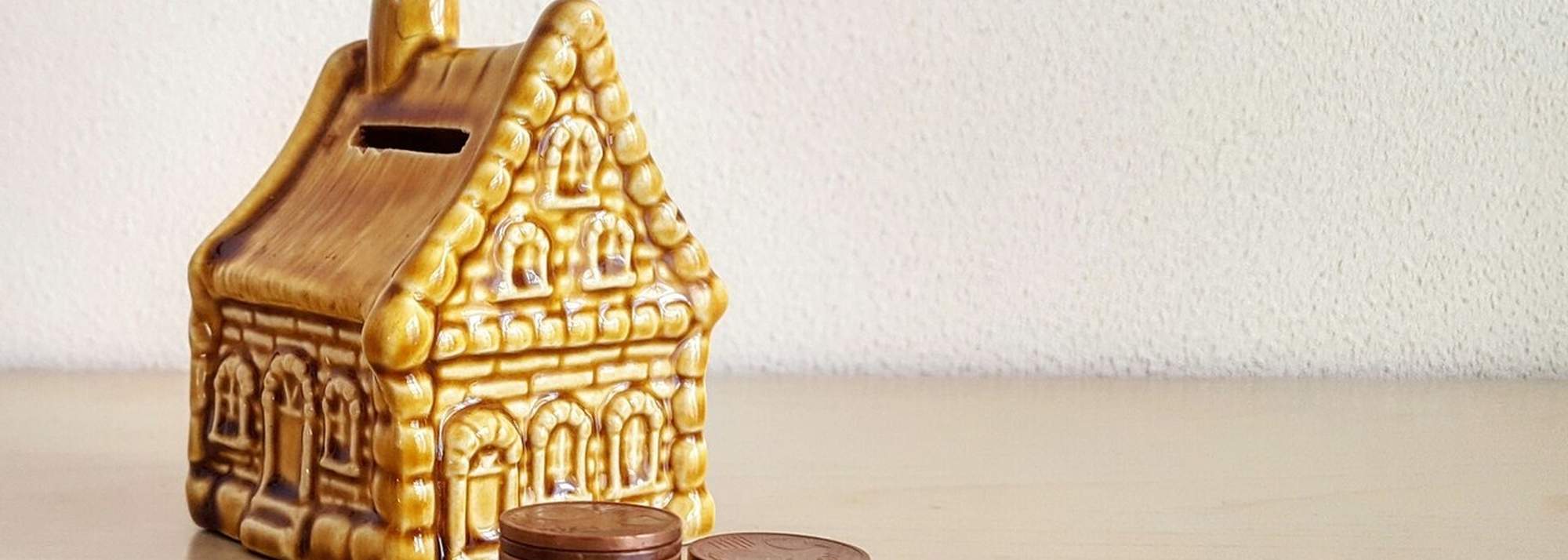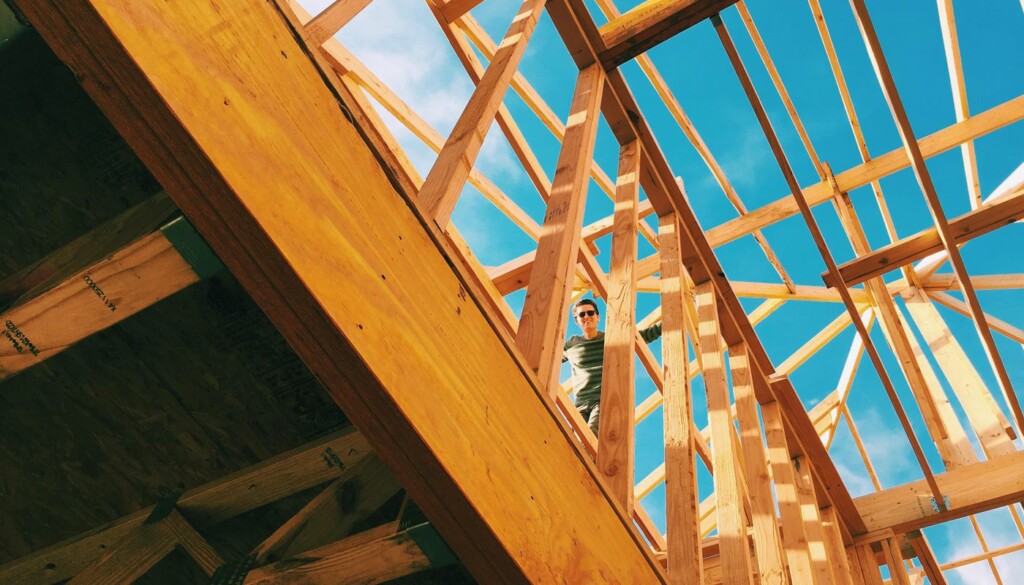LD Total's top tips for maintaining your new garden
Industry News
LD Total's top tips for maintaining your new garden
News

One of the greatest things about buying a house and land package is that you have the ability to customise your dream home. There are, however, a multitude of features to consider when building a new home – perhaps more than you might think. Not to mention, a whole host of considerations such as building costs, house designs, fixed price contracts and more.
You’ll have a few options to weigh up and some decisions to make, so let’s take a deeper look at some of the features available for your new property.
To start off your dream home journey, you’ll want to look at what floor plan appeals to you and fits your lifestyle. Maybe a small bar and a home office are priorities for you now, but you also need to consider the future. Will your family be growing and will your new home be able to accommodate that growth? We don’t always know what the future holds, but for a sizable investment like a house, it’s essential to consider long-term suitability.
Orientation refers to the positioning of your house in relation to the sun’s movement. How you orientate your home will determine which parts of it get sun and natural light at which times of the day. It’s worth weighing up where in the house you’re likely to spend most of your time, as well as where the outdoor areas of the home will be. Considering the orientation can also impact future choices such as the need for retaining walls or specific landscaping elements. Shade-dwellers might like to point these areas away from the afternoon sun, while others might choose to embrace it. Whatever your preferences and needs, make sure you prioritise and include them in your chosen house plans so you can select the best one for you and your future.
There are a huge amount of factors that can help make your home and appliances more energy efficient. To start with, orientation can play into this as well. By allowing more sunshine into your home during the winter months, you’ll spend less trying to heat and illuminate it. Typically speaking, windows are responsible for most of the heat your home loses. Double glazing the larger windows in your house can reduce the loss of heat. Good insulation and seals on your doors and windows will also help this, but these are factors implicit in modern home building practices.
You could also consider installing solar panels and a rainwater collection tank. Solar power is a little more costly to set up, but it can lead to huge savings over time. As you’ll be using more of your own power than relying on the grid, your power bills can be considerably lower. The same logic applies to rainwater collection–the more recycled water you use, the less demand is put on public infrastructure. In addition to solar panels, incorporating other sustainable elements into your prime cost (appliances such as stovetops that have yet to be selected) items that are energy efficient can further enhance your home’s energy efficiency and can be planned in your building contract.
All of these factors should be taken into account during the home building process.
This is a little bit of a tricky one. On one hand, it’s tempting to employ the most modern design trends for your interiors. On the other hand, you need to ask yourself whether these are flash-in-the-pan trends. Re-approaching your interior design every few years can be costly, but it’s important to note that interior elements aren’t necessarily created equal. Putting up new curtains for example, is far cheaper and easier than installing a stone bench top in the kitchen.
There’s certainly nothing wrong with “going big” on your interiors, but think about how the designs will age, and consider how they would appear to a potential buyer should you ever put the home on the market. Classic, timeless design principles can still include a bit of personal flair.

You have infinite choices when it comes to interior design, but choosing a decor that will age well is key.
Maintenance is an integral part of owning a home, there’s no way around it. What is possible, however, is to select materials that require less upkeep over time. You could opt for a low maintenance cladding on the exterior of the house, aluminium window frames or plastic composite decking in your outdoor areas. Both of these options require little maintenance. Inside the home, you could take advantage of long-lasting LED lighting, easy-to-clean vinyl flooring or a gas-powered fireplace. It’s also important to understand the terms of your building contract, especially when it comes to maintenance responsibilities and practical completion. Another consideration to take into account is the possibility of materials and their potentially rising costs. All of these options and factors can be discussed with your builder throughout your housing construction process.
An AC system is a must-have when building a new home in Australia. But again, you have a few options to choose from. Air conditioning systems typically fall into two camps: Ducted and split.
A split system is a head unit attached to an interior wall, while the condenser is located outside. These are much cheaper (both to install and run), but can only supply cool air to one part of the house. A ducted system is that which is built into the ceiling, with vents in each room. While more expensive, a ducted system evenly distributes cool air throughout the entire home.
Security is another important feature for your brand new home, and again, there are a huge amount of options. Typically, your security measures won’t affect the way you build, but they will very likely need to be considered before construction is complete. You could rely on the tried and trusted methods – security lights, strong locks on the doors and windows, or an alarm system. Alternatively, you could opt for something a little bit more modern.
A smart home security system ties together a range of formal individual security measures; door and window sensors, motion detectors, surveillance cameras, garage door openers and even smart locks on your front door. All of these report back to a single application you can access from any device so you can get real-time updates from, and remote control of, your home security.
While these represent some of the biggest considerations for the construction of your new home, they are not the only things you’ll need to consider. If you’re ready to find out about house and land packages, get in contact with us now.